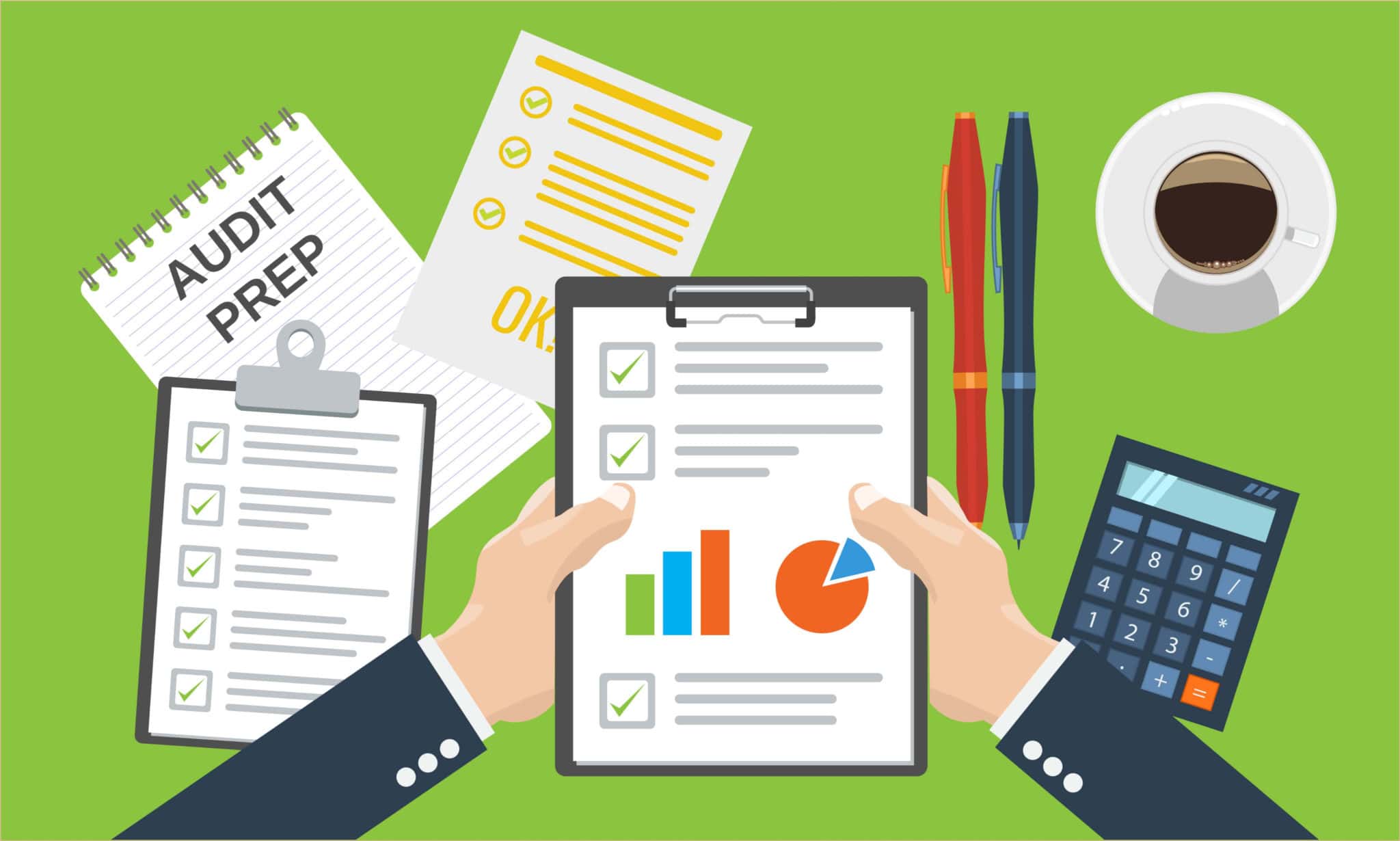Amidst an economic crisis, the idea of undergoing an external audit may not be appealing. But it’s a valuable tool for demonstrating your financial condition to stakeholders — perhaps more important than ever in the shadow of COVID-19. Here are some preparatory steps you can take to make the annual audit process less expensive and disruptive.
1. Stay in touch
Your relationship with your auditors should go beyond just the annual audit. Reach out to them during the year if you have questions. For example, if you land a new grant or contract and aren’t certain how to properly record it, ask your auditors.
You may feel reluctant to contact them throughout the year, but auditors say they welcome such interaction. Moreover, they rarely charge nonprofit clients for these brief calls. They’d rather help you avoid mistakes than find them during the audit.
2. Reconcile regularly
Don’t wait until audit time to reconcile your accounts (for example, cash, receivables, pledges, payables, accruals and revenues). Reconcile general ledger account balances to supporting schedules (bank reconciliation, receivables and payable aging) monthly or at least quarterly.
Additionally, don’t overlook database information. Such information, provided and maintained by a department outside of the accounting areas (for example, contributions, events revenue, registration revenue and sponsorships), should be reconciled to the general ledger each month.
3. Keep all supporting documentation
This is an area where many nonprofits can fall short. Some have been known not to bother holding onto documentation for any amount under $5,000 — a major mistake.
Collect all supporting documentation before the audit and alert your auditors immediately about anything that’s missing. It might be necessary to request duplicate invoices from vendors or ask donors for copies of letters describing restrictions on contributions.
4. Assemble the PBC list items
As part of their planning process, your auditors typically compile a Provided by Client (PBC) list of materials they expect you to produce. The list includes a timeline indicating when they need each type of material.
It’s critical that you submit everything on the list according to the timeline. Failing to do so could push back the audit itself and cause you to miss your board deadline for completion. Also take the time to perform a self-review of all information before you send it to ensure everything is accurate.
5. Investigate major fluctuations
With a global pandemic, recession and civil unrest, organizations of all kinds are seeing unusual swings in their finances. But, in any year, you need to identify major fluctuations in your account balances compared to the previous year before the auditors arrive.
You can count on the auditors to inquire into significant variances in revenues and expenses. Make sure you’re armed to promptly and clearly explain them. Variances from the budget may require explanation also.
6. Review earlier audits
Audits from previous years provide useful guidance as you prepare. Check all of the prior years’ audit entries and confirm that you didn’t make the same errors this year. Confirm, as well, that you posted all of the audit entries from the last audit. If you didn’t, your financial statements might be distorted.
Following these six steps will save both you and your auditors headaches and frustration. However, you’ll still need to participate in the audit itself. To reduce disruption to your operations and the auditors’ workflow, block out time to make the appropriate staff available for questions and information gathering. For more information, feel free to contact us.
© 2020


